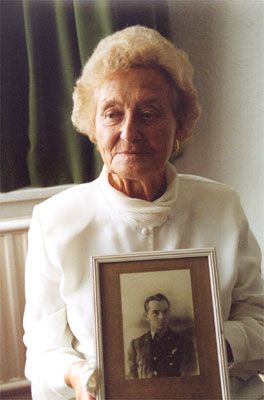There is a photograph on various memorabilia web sites of
the Air Transport Auxiliary (ATA) showing a group of four older pilots in
World War II; the photo above is at the Poetry In Action-Aviation web site section on the ATA.
ATA pilots were officially civilians, but being responsible
for the delivery of aircraft to operating units they had a close link to the
RAF and the Royal Navy Fleet Air Arm.
Most of the pilots were ineligible for military service, despite the
constant need of the RAF for aircrew.
Some were too old or had disqualifying disabilities, others were female
in an era where the terms ‘flight crew’ and ‘combat’ meant ‘male only’. Some of their flights are described in my
ebook In a Moon’s Course.
The two in the centre of the photograph did not survive the
war. Douglas Fairweather, second from
the left, was a pilot who regularly flew Anson aircraft, small ‘taxi’ and cargo
planes often used to deliver and collect the ferry pilots from their departure
and arrival points.
He was also a pilot who flew medical emergency flights and
was noted for his ability to fly in marginal weather conditions, despite the
requirement that ATA pilots only flew by visual flight rules. Their aircraft had none of the instruments
needed for night or ‘blind’ flying in cloud.
It was on one of these flights in 1944 heading up to Prestwick to
collect a patient when he and a nursing officer, K. M. Kershaw, crashed into
the Irish Sea.


.jpg)
.JPG)


